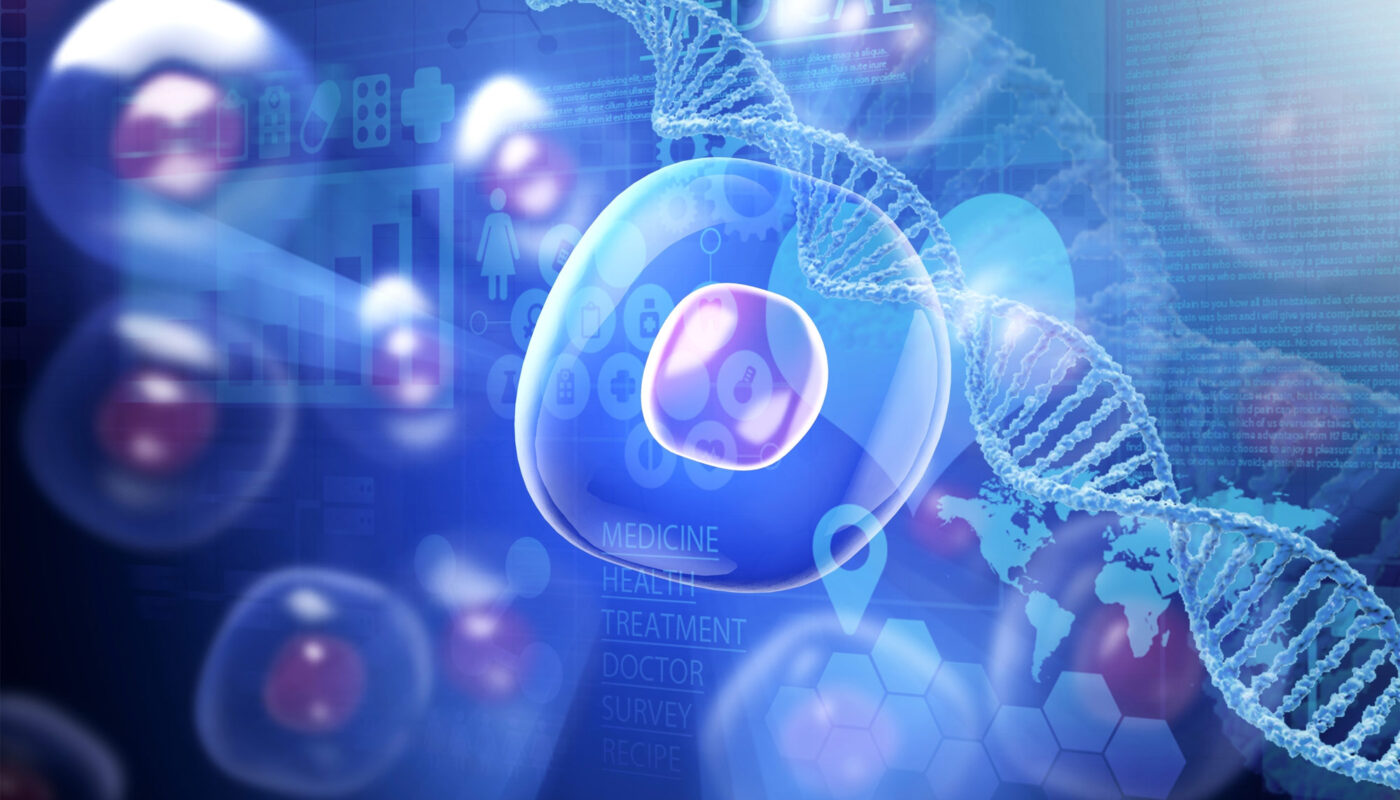Over the past few decades, our understanding of human biology has advanced tremendously due to breakthroughs in modern technology and genomic research. Scientists now have a deeper understanding of how diseases develop at the molecular level. This new knowledge is allowing researchers to develop precise, targeted therapies that address the root causes of illnesses like never before. Two promising new approaches – cell therapy and gene therapy – aim to repair or replace malfunctioning cells and fix defective genes. These therapies have the potential to revolutionize how we treat many incurable or difficult-to-treat conditions. Here is an overview of these emerging fields and the promise they hold for changing medicine.
What is Cell Therapy?
Cell therapy involves transplanting living whole cells into patients to treat diseases. The goal is to restore or establish normal function. Stem cells – cells that can develop into many different cell types in the body – hold tremendous promise for cell therapy. Different types of stem cells are being explored:
– Embryonic stem cells: Derived from embryos, these are pluripotent stem cells that can develop into any cell type in the body. Concerns about ethics and rejection have slowed research with these cells.
– Adult stem cells: Found in tissues like bone marrow, muscle, and fat. They are multipotent, meaning they develop into a smaller number of cell types. Adult stem cell therapies are already used for blood cancers. New research aims to help more conditions.
– Induced pluripotent stem cells: Adult cells reprogrammed back to an embryonic-like pluripotent state. Ethical concerns are avoided and cells could be tailored for each patient to prevent rejection.
Successful cell therapy depends on selecting the right stem cell type, encouraging cells to specialize as needed, and getting them to engraft and function properly. It holds promise for a wide range of diseases by replacing cells that are lost or nonfunctional like in diabetes, Parkinson’s, heart disease, and macular degeneration. Some notable examples include using bone marrow transplants to treat leukemia and lymphomas.
Gene Therapy: Correcting Defective Genes
While cell therapy aims to repair or replace malfunctioning cells, gene therapy targets the root DNA/genetic defects that cause certain diseases. It works by introducing corrected genes or correcting ones inside the body. Two main approaches include:
– Replacement Gene Therapy: It involves adding a normal copy of the gene to compensate for an mutated or missing gene. This can rescue gene function. For example, replacement gene therapy is being studied for inherited immunodeficiencies caused by single gene defects.
– Correcting Gene Therapy: Here, a corrective gene is inserted directly into the chromosome to overwrite the error in the mutant gene. This has potential to cure diseases permanently. For example, FDA has recently approved the first gene therapy for spinal muscular atrophy, a genetic neuromuscular disease.
Many gene therapy clinical trials are testing treatments for cancer, neurological illnesses, blood disorders and more. Viruses are commonly used as delivery vehicles since they specialize in efficiently penetrating cells and inserting DNA. The primary safety concerns include potential side effects of gene insertions and unwanted immune reactions. However, improved gene therapy vectors may help overcome these challenges in future.
Current Research and Future Potential
Both cell and gene therapies are complex fields undergoing rapid innovation. Researchers are gaining a better understanding of disease development and exploring new delivery methods. A few notable areas under active investigation include:
– Neurodegenerative Diseases: Stem cell and Cell and gene therapy hold promise for conditions like Parkinson’s disease, Alzheimer’s, amyotrophic lateral sclerosis by replacing damaged brain/nerve cells. Some clinical trials have shown benefits already.
– Immunotherapy for Cancer: Engineered T cells, CAR-T cell therapy and vaccinations are gene-modified versions of the body’s immune cells to treat blood cancers as well as solid tumors. Remarkable results have been achieved with some therapies.
– Gene Editing with CRISPR: The revolutionary CRISPR/Cas9 tool allows precisely editing genes with unprecedented ease and accuracy. It could lead to curative therapies for genetic disorders if safety and delivery challenges are overcome.
– Regenerative Medicine: Combining biomaterials, tissue engineering and stem cells to regrow damaged tissues like cartilage or regenerate whole organs may be possible in future. This could transform transplant medicine.


